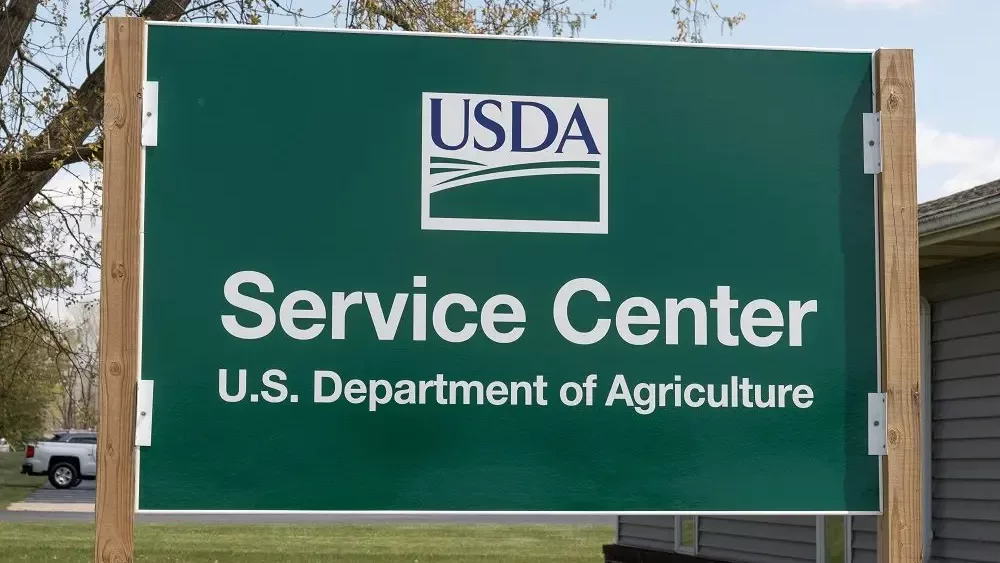
A new partnership has been established during the National Association of State Departments of Agriculture (NASDA) Winter Policy Conference that will aim to protect U.S. pork production from being impacted by African Swine Fever.
NASDA has teamed up the U.S. Department of Agriculture (USDA), National Pork Board (NPB) and National Pork Producers Council (NPPC) for the new partnership to enhance coordination and preparedness to prevent and protect the United States from the deadly pig disease that could cripple the entire agricultural sector with long-lasting ramifications for the economic viability of U.S. livestock production.
The enhanced partnership between these four entities will allow for the most effective harmonization of federal and state response plans to enable producers to prevent, plan and recover from African swine fever outbreaks, as well as encourage industry preparation for future outbreaks and disease response in other livestock sectors, which fosters rural food security and public confidence in the U.S. food system. The only way to stop African swine fever is through proper preparation and mitigation efforts.
African swine fever has not currently crossed the U.S. border but being prepared to respond and coordinate on our local, state and national prevention methods better ensures the protection of America’s swine. African swine fever is not a threat to human health or food safety. NASDA CEO Ted McKinney looks forward to working closely with federal and state agencies, the swine industry and farmers to take the necessary actions to protect our nation’s livestock.
“When you bring together state, federal and industry groups with different strengths to take on challenges, you see a united force of resilience across all fronts,” said McKinney. “Our four organizations together will be able to coordinate strategies for animal disease preparedness and response, on not just one level but on local, state and federal levels. This type of collaboration will lead to better response to outbreaks, and, ultimately, to better animal health and welfare across the U.S. We’re thrilled to be joining this effort.”
“USDA’s Animal and Plant Health Inspection Service (APHIS) reacted swiftly when ASF was detected in the Western Hemisphere in 2021 and continues to be at the forefront of safeguarding U.S. pork producers,” said USDA Under Secretary for Marketing and Regulatory Programs Jenny Lester Moffitt. “Keeping ASF out of the U.S. takes attention from all of us. USDA continues to seek opportunities to expand collaboration to prevent the introduction of ASF and strengthen our domestic preparedness. We are pleased to add this new partnership to our efforts.”
“National Pork Board is looking forward to bringing subject matter expertise to this partnership that can help support science-based decision-making. One of the industry ASF priorities is giving producers the information they need to prepare for response. We view this partnership as one way to do that, by bringing forward key information from the state departments of agriculture that producers need to know, as well as making sure state partners understand the Checkoff-funded tools and research available to help producers prepare and respond to foreign animal disease,” Dr. Dusty Oedekoven, chief veterinarian, National Pork Board said.
“NPPC is proud to be a part of the NASDA initiative to identify additional opportunities to advance our industry’s ASF preparedness,” said Terry Wolters, NPPC president and owner of Stoney Creek Farms in Pipestone, Minnesota. “We all play an important role in keeping American agriculture safe, and working together enhances our ongoing efforts to prepare, prevent and mitigate potential foreign animal disease outbreaks in the United States.”





